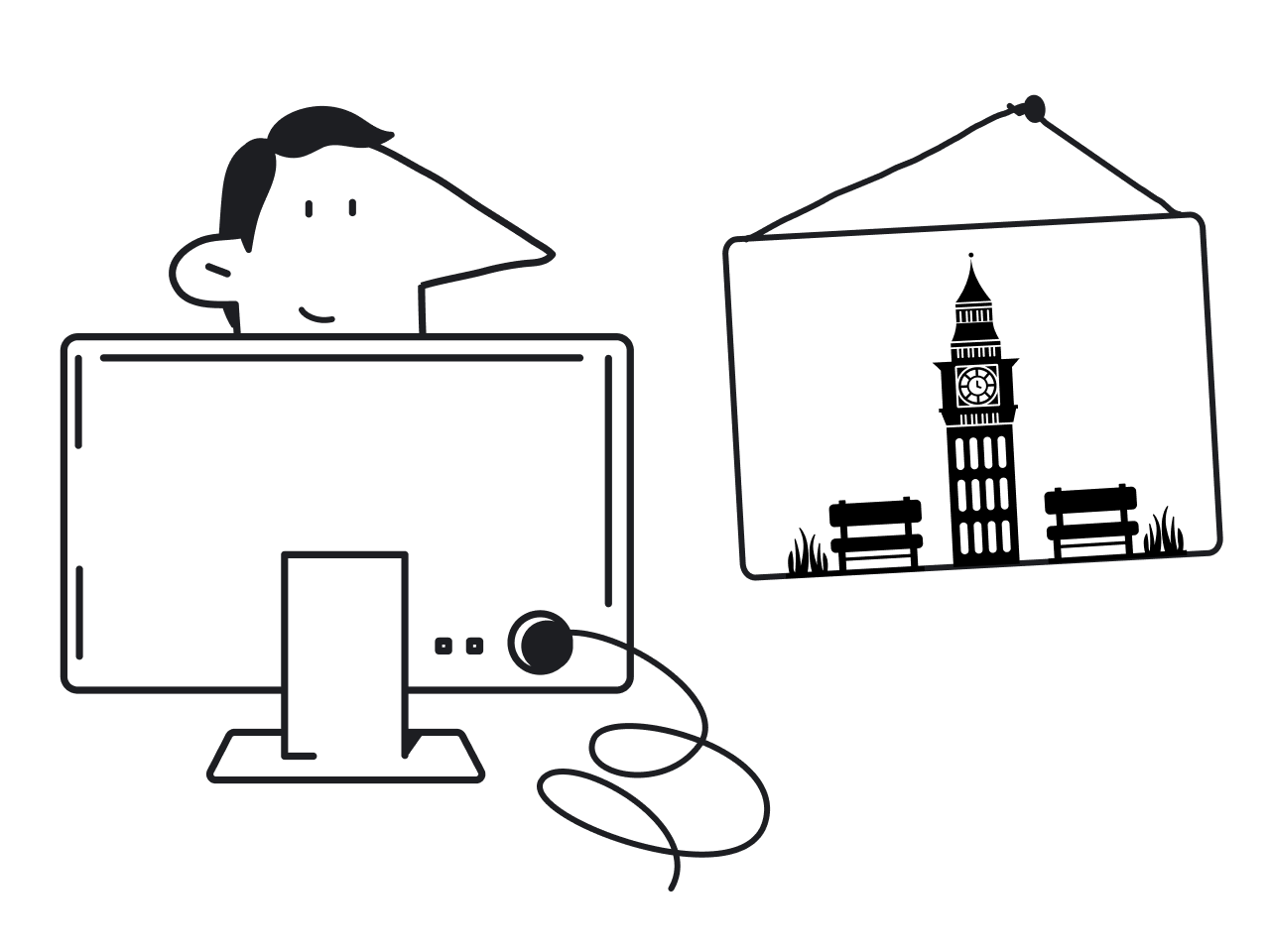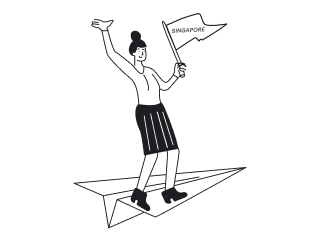Finding the right UX design agency in Washington, DC, shouldn’t feel like a guessing game. Yet, most agencies sound the same: “award-winning,” “user-first,” “innovative.”
If you’re a startup on a deadline, a civic organization with accessibility needs, or simply trying to avoid wasting $ 50,000 on the wrong fit, you need clarity.
This guide breaks down the top UX agencies in DC, compared by pricing, services, and strengths. You’ll also see when to go local, when remote makes more sense, and smart alternatives if you’re open to distributed teams.
Let’s take a closer look at each agency so you can see what makes them tick or not.
Best UX design agencies in DC
Here’s a closer look at the top UX agencies working with clients in Washington, DC.
1. Eleken

Eleken partners with DC SaaS companies to deliver clean, conversion-focused product design. What makes them stand out? They embed directly into your team without layers of account managers. Just experienced SaaS product designers who start fast, iterate quickly, and keep business goals front and center.
- Founded: 2015, distributed team, originated in Kyiv, Ukraine
- Focus: SaaS, design from scratch, research-heavy UX, web/app interfaces
- Industries: AI, geoservice, data products, healthcare, nonprofit
- Pricing: Subscription-based
- Notable clients: Datawisp, Frontend AI, Kipsi, and more
Rated 4.9 stars on Clutch with 111+ reviews from SaaS founders, PMs, and CTOs, Eleken is one of the most highly praised design agencies DC in the space.

Why choose them
If you’re product-led and working against tight deadlines, Eleken is built for you. The company designed for all SaaS verticals. They understand SaaS design deeply, from dashboards to onboarding flows, so you spend less time explaining and more time shipping.
Plus, they offer a 3-day free trial so you can test the collaboration before making a commitment.
As one client put it: “The three-day trial was very unique, giving you a risk-free chance to try working with them.”

Strong points
✔️ SaaS-first mindset: every project is product-focused, without a generic “we do it all” approach.
✔️ Team integration: designers work alongside you as if they’re on payroll, not outsiders.
✔️ Simple pricing: one flat monthly fee that’s easy to budget and adjust as you grow.
✔️ Design handoff: easy for developers to implement.
Weak points
– Design only: Eleken doesn’t handle development, so you’ll need engineers ready to bring their work to life.
If you want to learn more about how to scale your SaaS business, consider watching this video:
2. BraveUX
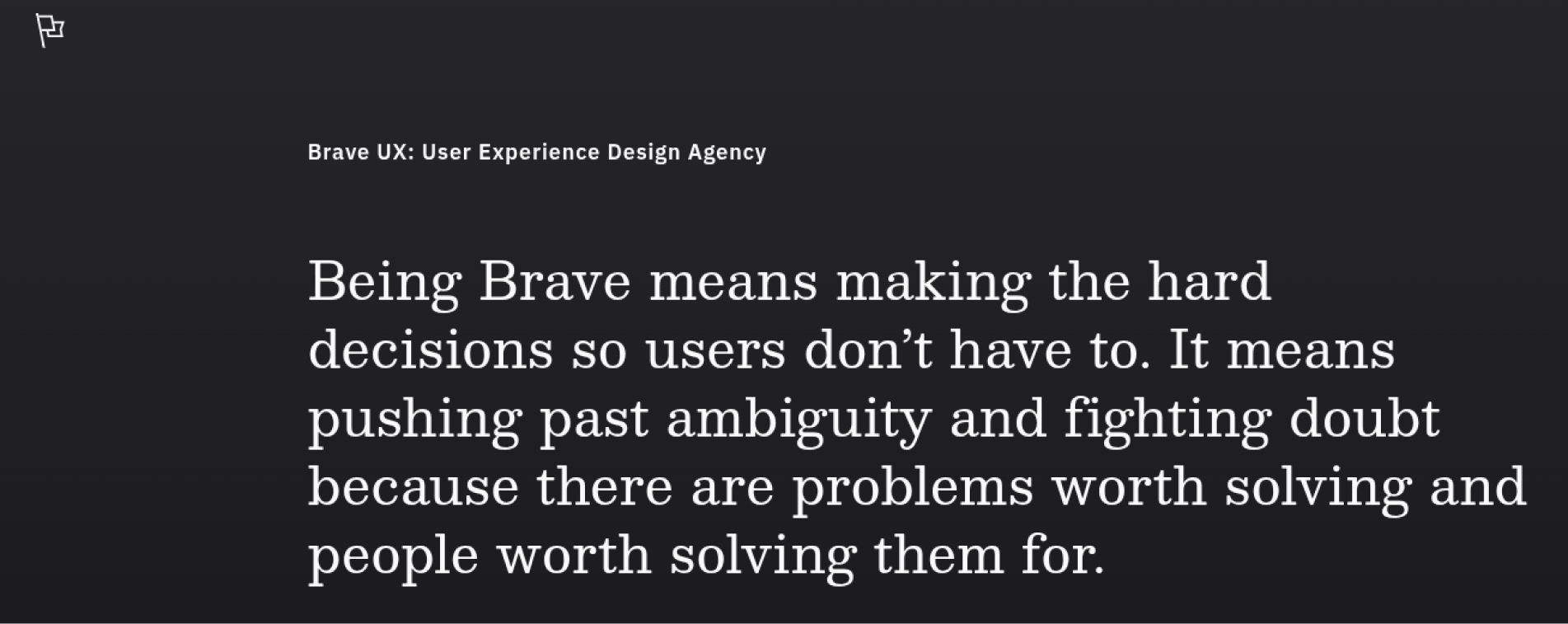
BraveUX is a strategy-driven UX and interface design studio. They’re known for taking on high-budget projects that demand serious research and clarity before anything gets wireframed.
- Founded: 2014, Washington DC
- Focus: Research-heavy UX, interface design, product strategy
- Industries: Healthcare, SaaS, nonprofit
- Pricing: $50K+ project minimum, $200–$300/hr
- Notable clients: FourthWall, LifeCents, Sonar
Why choose them
If you're developing a high-risk product for government, healthcare, or regulated sectors, BraveUX provides the kind of polish and process that helps you avoid costly mistakes. The company holds an impressive 5-star rating on Clutch.
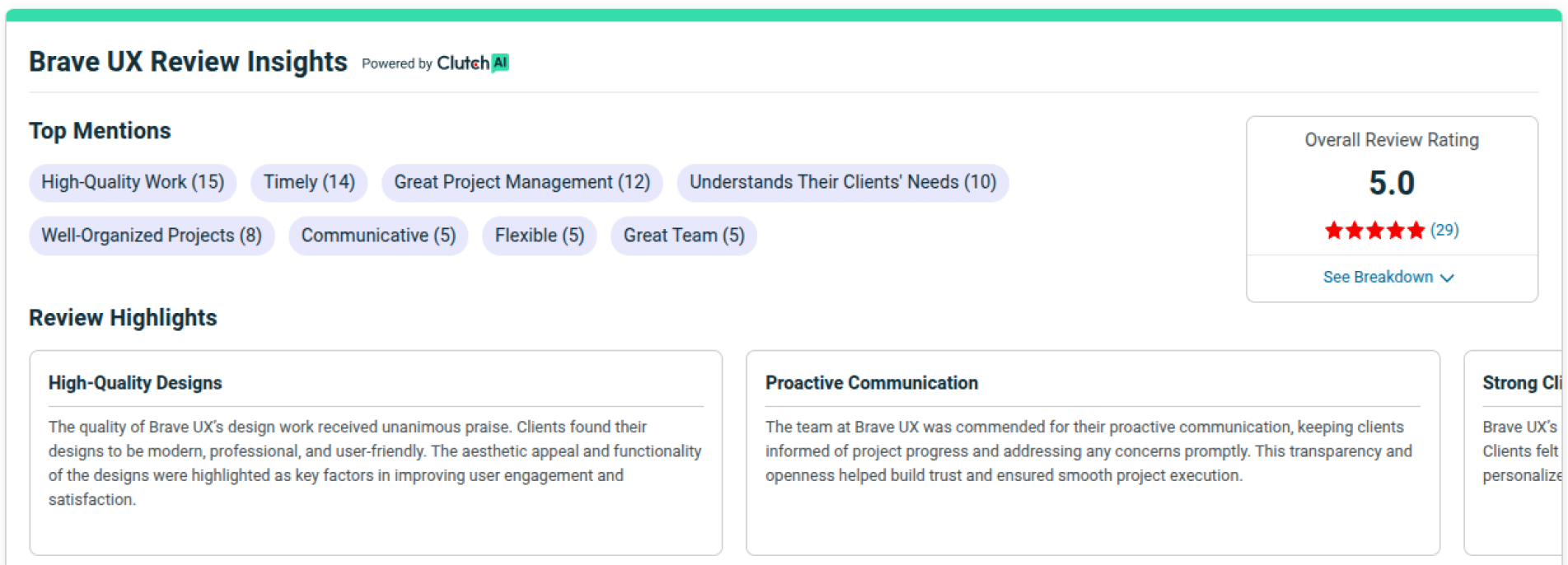
One client highlighted their reliability, noting: “The team always met their deadlines, even when there were shifts.”

Strong points
✔️ High-level strategy: deep user research and stakeholder alignment.
✔️ Design systems: robust, scalable UI frameworks for large orgs.
✔️ Government-ready: experience with civic and health orgs.
Weak points
– Premium pricing that may be out of range for startups.
– Slower onboarding compared to more agile studios.
3. Fuselab Creative
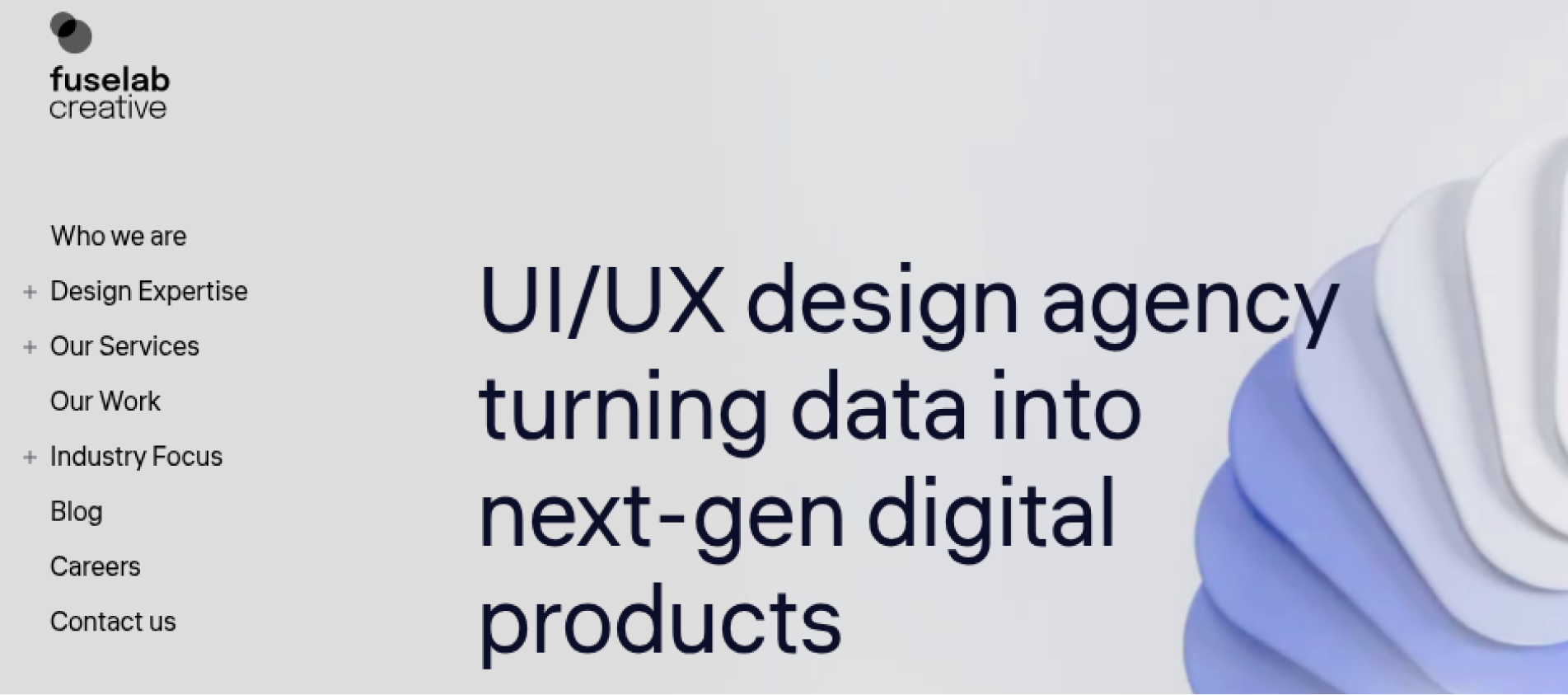
Fuselab focuses on solving UX problems in complex domains. Think AI dashboards, big data products, and multi-layered systems that need clarity without compromise.
- Founded: 2017, Washington DC
- Focus: UX for dashboards, AI tools, mobile apps
- Industries: Government, fintech, AI, defense
- Pricing: $25K+ project minimum, $100–$150/hr
- Notable clients: AG.Drone, Mozilla, DC government
Why choose them
If your product is data-intensive and needs to serve both technical and non-technical users, Fuselab excels at clarity through UX design. Their solid 5-star Clutch rating backs that up.

As one client put it: “The team delivered a balanced, effective solution and got to the customer’s objective with a high degree of efficacy.”

Strong points
✔️ Data-savvy design: great with metrics, analytics, and visualizations.
✔️ Industry fit: strong history in healthcare, AI, and government.
✔️ Design + branding: clean, recognizable visuals.
Weak points
– Not ideal for startups building simple consumer-facing apps.
– May over-index on visuals at the expense of UX strategy.
4. Taoti Creative
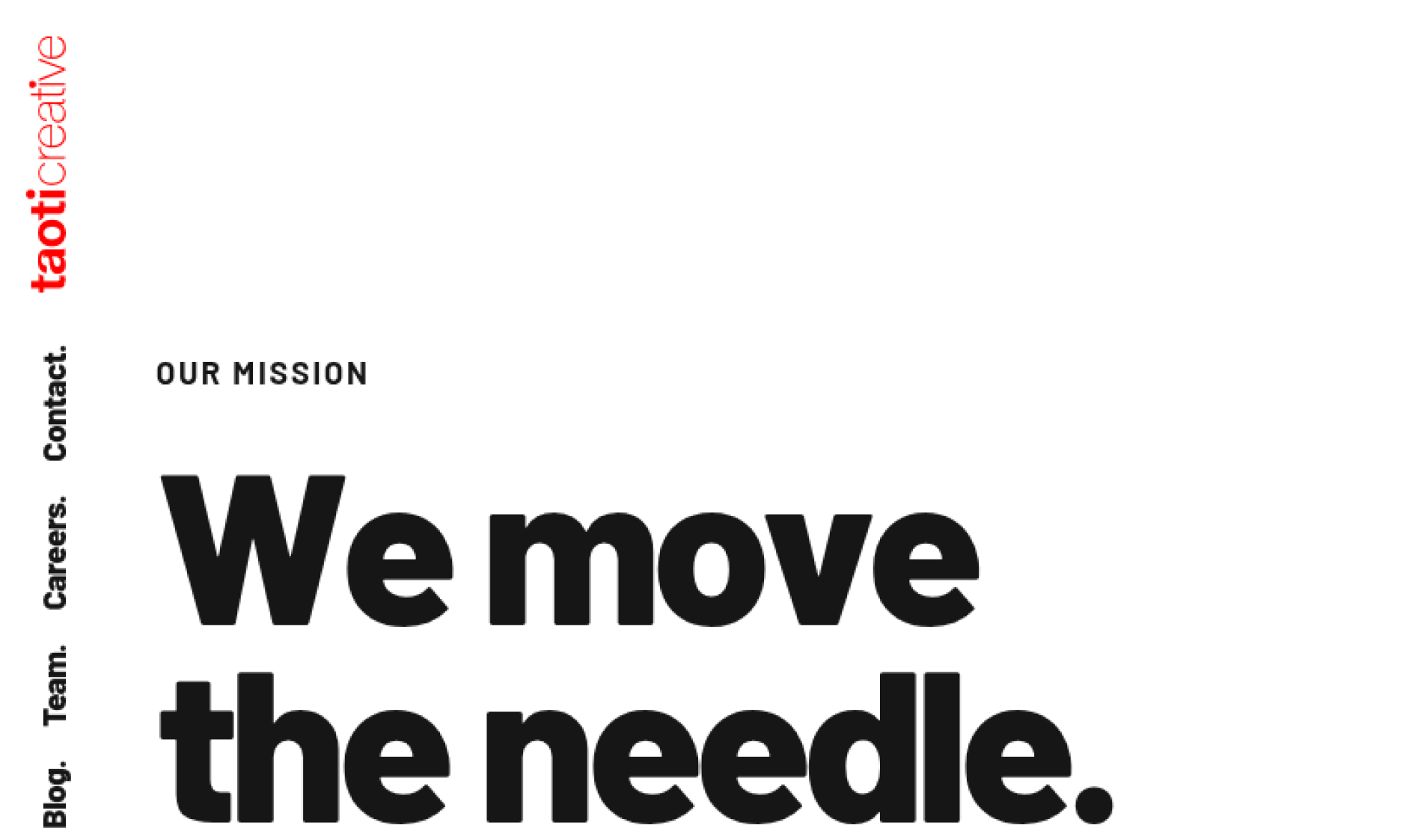
Taoti is a full-service digital agency focused on mission-driven clients. They mix creative storytelling with modern UX, often delivering highly branded experiences for civic and nonprofit orgs.
- Founded: 1996, Capitol Hill
- Focus: Web design, digital strategy, AR/VR for public engagement
- Industries: Nonprofit, government, education
- Pricing: $25K+ project minimum, $100–$149/hr
- Notable clients: Geothermal Rising, National Park Service, DC Lottery
Why choose them
If you need a digital presence that balances public messaging, accessibility, and creative flair, Taoti offers a strategic and visually appealing approach. With a 4.9 Clutch rating, they’re praised not just for design quality but for their collaboration style.

As one client wrote: “It was great to see them take our problem and come up with an innovative solution that was clearly tailored to us.”

Strong points
✔️ Mission-driven work: civic storytelling and social impact focus.
✔️ Content-first UX: strong narrative design and comms strategy.
✔️ AR/VR experimentation: great for education or engagement campaigns.
Weak points
– Less experience with B2B or SaaS workflows.
– Complex processes may slow things down for fast-moving teams.
5. Echo&Co

Echo&Co is a UX and content design firm that puts an inclusive, user-first strategy at the center of every project. They’re especially adept at navigating projects with numerous internal stakeholders and stringent compliance requirements.
- Founded: 2004, Washington, DC (remote team across the U.S.)
- Focus: UX strategy, accessibility, content design
- Industries: NGOs, education, civic, health
- Pricing: $25K+ project minimum, custom pricing
- Notable clients: Greenpeace, World Resources Institute, Cystic Fibrosis Foundation
Why choose them
If you work in the nonprofit or public sector and need a website that checks all the boxes, such as accessibility, clarity, and internal buy-in, Echo&Co brings the right tone and process. Holding a 4.8 Clutch rating, they’re valued as much for their empathy as their execution.

As one client shared, “They are very genuine people and their respect and admiration for our mission came shining through.”

Strong points
✔️ Deep accessibility expertise.
✔️ Skilled in long stakeholder cycles.
✔️ Research and content-heavy UX strategy.
Weak points
– Not ideal for visual-heavy or startup-style products.
– Less focused on agile delivery or SaaS product design.
6. LightMix

LightMix is a veteran design and UX agency based in the DC region. With over 25 years of experience, they combine deep domain knowledge with disciplined process to deliver usable, accessible digital products.
- Founded: ~1990s / over 25 years in business (DC region)
- Focus: UX/UI design, user research, prototyping, multi-platform interfaces
- Industries: Government, nonprofits, enterprise, regional clients
- Pricing: Typical agency model with project-based pricing, starting at $10K
- Notable clients: National Institute of Health, Micros, The World Bank
Why choose them
If you need a mature, stable UX partner with a local presence and decades of experience, LightMix is a reliable choice. They excel at delivering structured, reliable design for complex environments and have earned a 4.9 Clutch rating.

As one long-term client shared: “They've had a high level of design creativity at reasonable costs for ten years.”

Strong points
✔️ Deep experience: long track record in the DC region.
✔️ Trusted methodology: disciplined process mixed with flexibility.
✔️ Regional knowledge: strong familiarity with local clients, public sector, and regulatory environments.
Weak points
– Less known for bleeding-edge product design or SaaS-first work
– Their pricing and project details are less transparent online
7. Bluetext
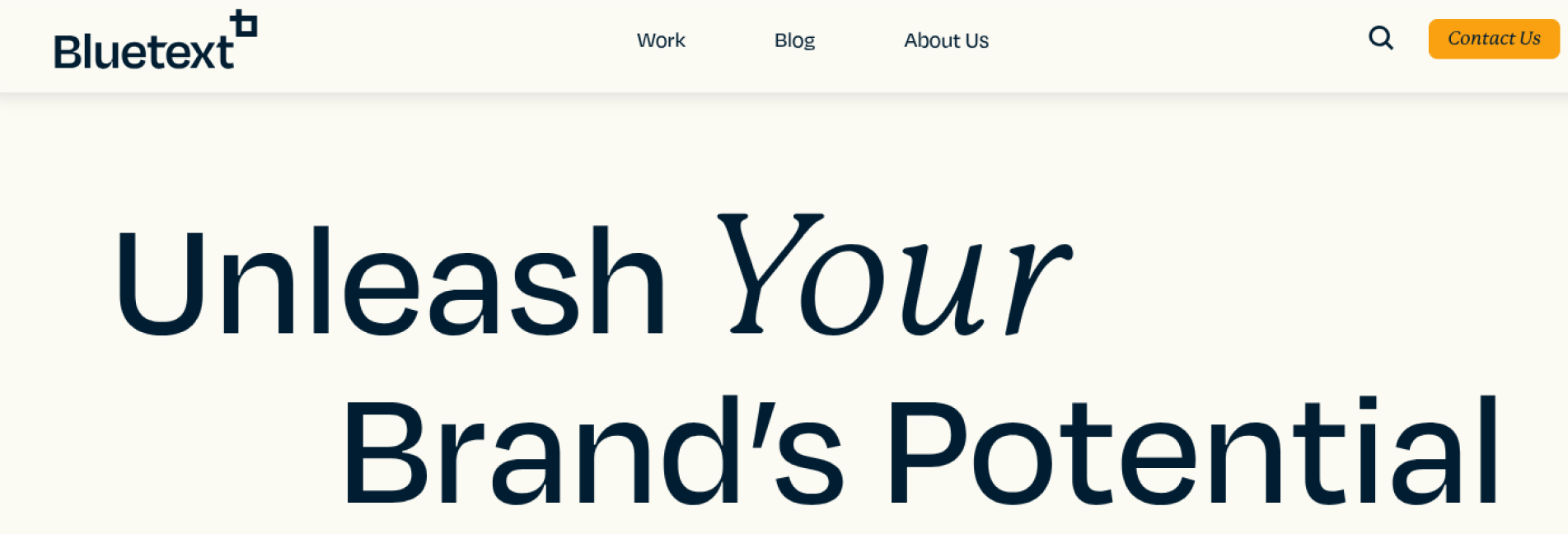
Bluetext is a full-service digital marketing and branding agency. While they do UX work, it's part of a broader offering that includes PR, SEO, and creative campaigns.
- Founded: 2011, Washington DC
- Focus: Branding, digital strategy, UX/UI
- Industries: B2B, cybersecurity, government
- Pricing: Custom project-based pricing, min. project size is $100K+
- Notable clients: Google Public Sector, CSC, Adobe, Citrix
Why choose them
If your UX project is part of a larger brand or marketing overhaul, Bluetext can handle the whole campaign, from website to press release. With a 4.9 Clutch rating, they’re praised for creativity and sector knowledge. “They’re highly creative and well-informed on the government contracting space.

As one client put it: “They’re highly creative and well-informed on the government contracting space.”

Strong points
✔️ Strong creative direction: visual identity + web design.
✔️ Ideal for rebrands or site overhauls.
✔️ Experience with large-scale, multi-touchpoint campaigns.
Weak points
– UX is not their main focus (strategy may take a back seat).
– Pricing is opaque and skewed toward larger enterprise budgets.
8. Creative Frontiers LLC

Creative Frontiers is a storytelling-first digital agency. They transform complex ideas into engaging animated videos, interactive tools, and user-friendly visuals.
- Founded: 2014 (Washington, DC)
- Focus: Animation, e‑learning, design, development, UI/UX elements
- Industries: Nonprofit, education, advocacy, public sector, B2B, UX design for startups
- Pricing: Projects typically start around $5,000+, hourly ~ $50‑99/hr
- Notable clients: WWF, ACLU, Save the Children, University of Washington
Why choose them
When your project requires clarity through motion, such as animations, explainer videos, or interactive storytelling, Creative Frontiers delivers the clarity you need. They’re great for campaigns, educational content, or advocacy work that needs to resonate with a broad audience. With a 5-star Clutch rating, clients highlight both the talent and dedication of their team.
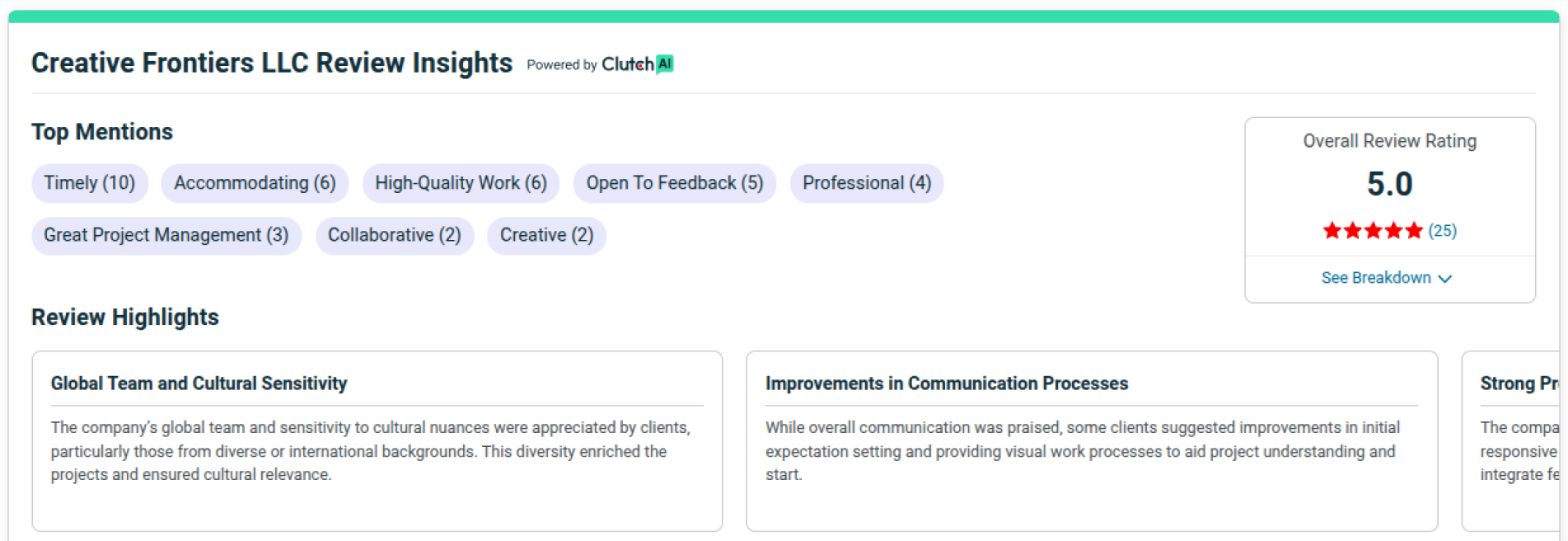
As one shared: “The team is talented and desires to create exceptional outcomes for us as their clients.”

Strong points
✔️ Expertise in animation and motion; they can bring abstract ideas to life.
✔️ Flexible and client‑friendly; clients praise responsiveness and value.
✔️ Affordable entry point for smaller scope projects.
Weak points
– Not a full UX product team; their strength is storytelling and visuals, not deep product design.
– May lack scale for large SaaS products or complex systems.
9. Code District

Code District is a full-stack digital agency with strong UI/UX chops. They work across web, product, and software development, offering versatility for teams that want design and code under one roof.
- Founded: 2017
- Focus: UI/UX design, custom software, web & mobile development
- Industries: Tech, nonprofit, advocacy, general digital product work
- Pricing: Typically starts around $10,000+
- Notable clients: Nielsen, BMO, ClaimToolkit
Why choose them
If you want a single partner that can both design and build, Code District offers that flexibility. Ideal for teams that already have dev needs and want fewer handoffs. With a 4.9 Clutch rating, clients praise their ability to bring ideas to life.

As one client put it: “The team has taken our jumbled idea and turned it into something that works, and we’re happy about that.”

Strong points
✔️ Integrated design + engineering; lower friction between design and dev.
✔️ Versatility across project types: web, apps, software.
✔️ Good fit for mid-tier projects where you want more than just visuals.
Weak points
– Their design specialization might not be as deep as boutique UX-first design firms in DC.
– For pure UX strategy, they may lack dedicated research resources.
10. Brick Factory
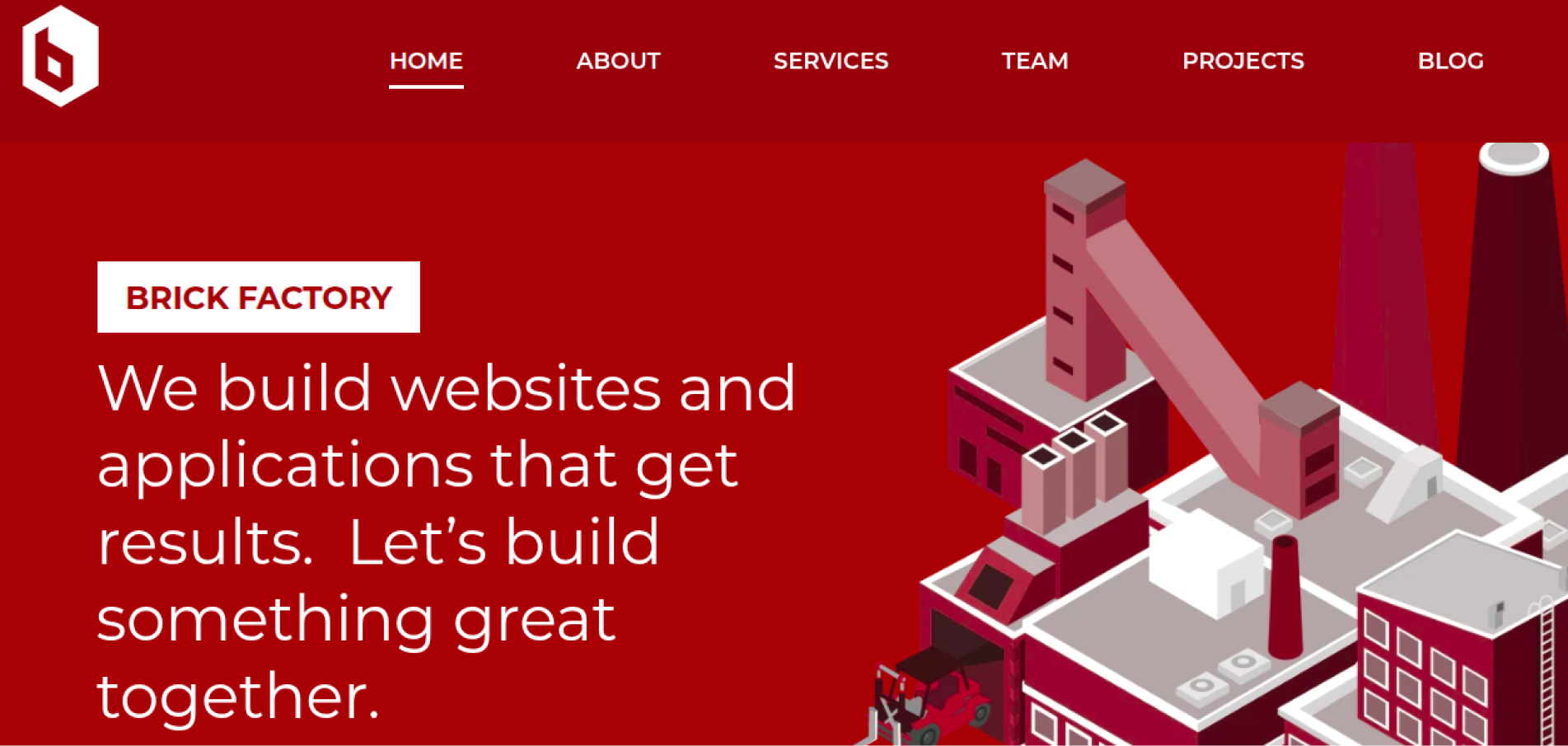
Brick Factory is a DC-based digital agency specializing in web development, UX/UI design, and helping institutions establish an effective digital presence.
- Founded: 2011, Washington, DC
- Focus: Web development, digital strategy, UX/UI design, campaign platforms
- Industries: Nonprofits, associations, educational organizations, public sector
- Pricing: Projects often start at $10,000+
- Notable clients: African Parks, International Youth Foundation, etc.
Why choose them
If your organization requires a reliable web presence for advocacy, membership, or institutional branding, Brick Factory strikes the balance between UX and backend stability. With a 4.9 Clutch rating, they’re valued for their collaborative approach.

As one client shared: “The Brick Factory feels more like an internal partner than an external vendor.”

Strong points
✔️ Solid web + UX implementation capability.
✔️ Experience scaling sites for nonprofits and membership orgs.
✔️ Strong reputation in DC digital community.
Weak points
– Less emphasis on product-driven UX or SaaS-native workflows.
– For complex app design or advanced UX, might need deeper specialization.
11. Niftic

Niftic is a branding- and UX-adjacent agency in DC. They focus more on brand identity and visual strategy, with some UX/UI capabilities.
- Founded: 2015, Washington, DC
- Focus: Branding, visual identity, UX/UI design, low-code sites
- Industries: Public service, nonprofit, policy groups, mission-driven orgs
- Pricing: Projects often $25,000+
- Notable clients: ClimateWorks Foundation, Change.org, VFA, Kiva
Why choose them
If visual identity is central to your product or platform, Niftic can bring coherence across brand and UI/UX. Good option when narrative and identity matter as much as usability. With a 5-star Clutch rating, clients praise their craft.

As one client noted: “Their design aesthetic and user interface are excellent.”

Strong points
✔️ Solid branding + visual strategy.
✔️ Good for mission-driven orgs who want a strong identity.
✔️ Ability to bridge design and fresh UX work.
Weak points
– UX/UI is not their sole specialization.
– For deeply interactive or complex products, their depth may be limited.
12. Teal Media

Teal Media is a mission-driven creative Washington, DC design agency that offers UX/UI design, alongside branding, strategy, and web development, with a focus on serving nonprofits and advocacy groups.
- Founded: 2008, Washington, DC (also Royal Oak, MI)
- Focus: Web and UI/UX design, branding, digital strategy, campaigns
- Industries: Nonprofit, advocacy, social good orgs
- Pricing: Projects usually $25,000+
- Notable clients: Brookings Institution, CAP, various nonprofits
Why choose them
If your mission is advocacy, social impact, or nonprofit work, Teal Media blends design, strategy, and community-minded thinking. They speak the language of purpose-driven orgs. With a 5-star Clutch rating, clients highlight both reliability and talent.
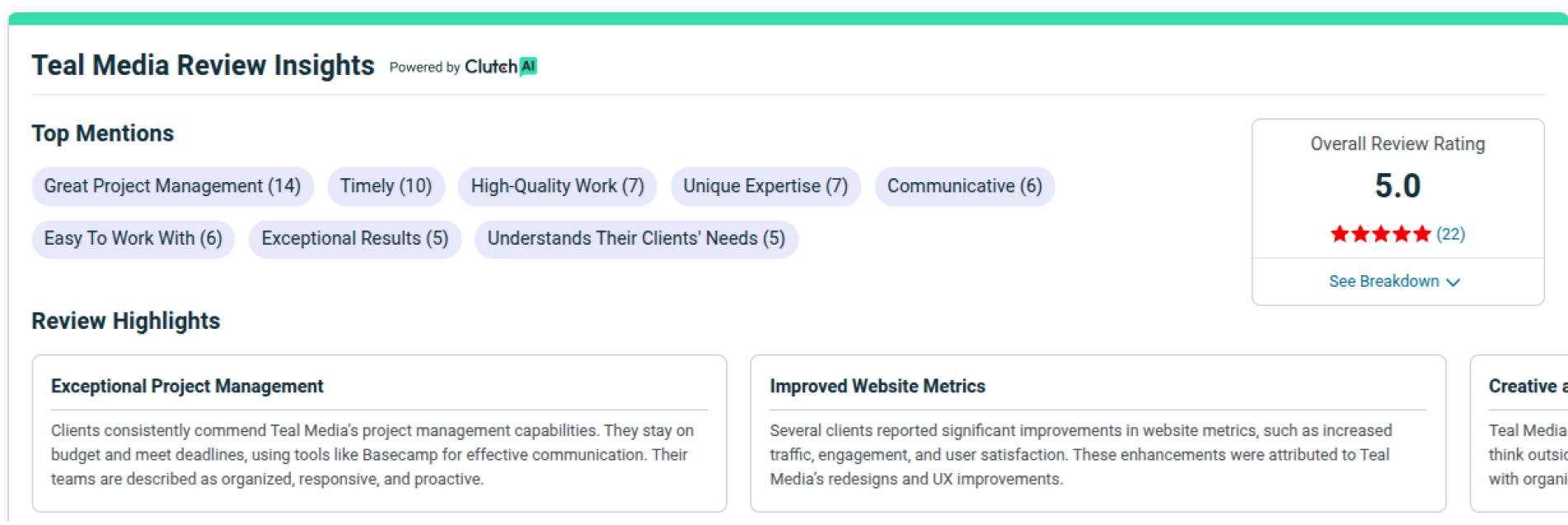
As one client shared: “They are an incredibly talented team who does what they say they will do.”

Strong points
✔️ Deep understanding of nonprofit/advocacy context.
✔️ Integrated design + digital strategy.
✔️ Values-aligned approach appealing to mission-focused clients.
Weak points
– Their focus is broad (brand + strategy + design), so the UX specialty might be thinner.
– Premium pricing may limit flexibility for lean startups.
Comparison table: UX agencies in Washington DC
Below is a quick comparison of the top UX agencies in DC, plus a remote alternatives.
Use this to shortlist who’s worth a deeper look based on your budget, industry, and preferred working style.
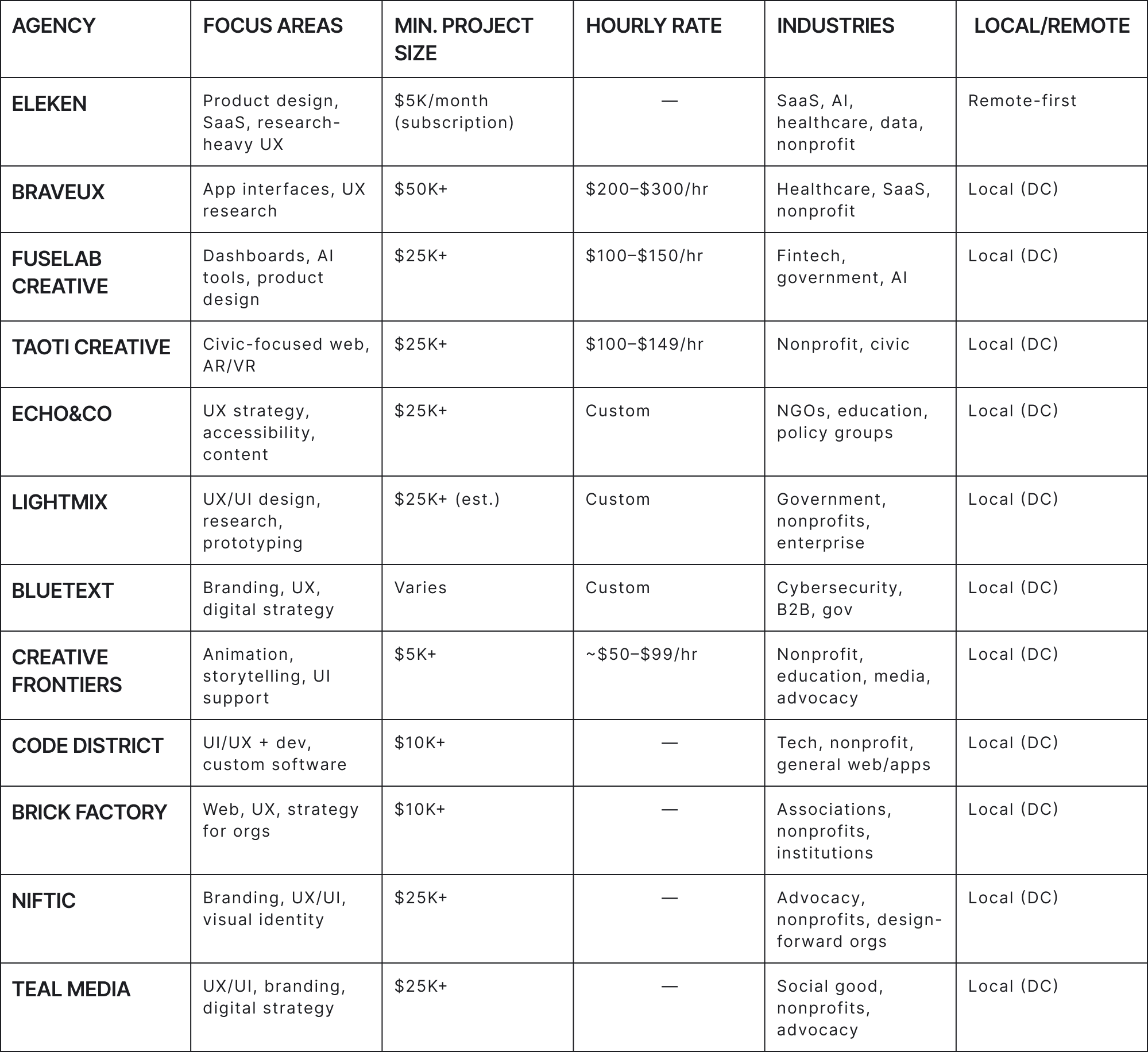
Once we’ve laid out the top creative agencies in Washington, DC, side by side, the next step is figuring out how to select the right one for your project.
How to choose a UX design agency in DC
Not all UI/UX design agencies are built the same, and that’s a good thing. In DC, you’ll find different types of design agencies: civic-focused, SaaS/product-driven, and full-service marketing firms. But this variety also makes hiring a design agency more challenging.
Let’s break down what to look for beyond nice visuals.
Start with your industry
A UX agency that excels at designing interfaces for AI dashboards may struggle to effectively design for nonprofit stakeholders or e-commerce buyers. Look for an agency that’s worked in your industry or at least in adjacent ones and can provide UX ROI case studies.
For example, Fuselab Creative leans into healthcare and government. Bluetext? Big on cybersecurity and B2B marketing. If you’re a civic tech org, Echo&Co might understand your world better than a startup-focused firm.
Now, if you’re in SaaS, especially in specialized fields like geospatial products with specific UX design patterns, you may notice that many DC agencies lean more toward civic or enterprise. Designers with expertise in this niche are harder to come by locally.
That’s where a remote-first partner like Eleken comes in. Designing data-heavy applications is always a challenge. However, our work with geospatial SaaS products, such as Astraea, Involi, and Gamaya, has provided us with a toolkit of proven UI/UX practices. Partnering closely with these clients, we’ve been able to turn complex datasets into intuitive and effective user experiences.
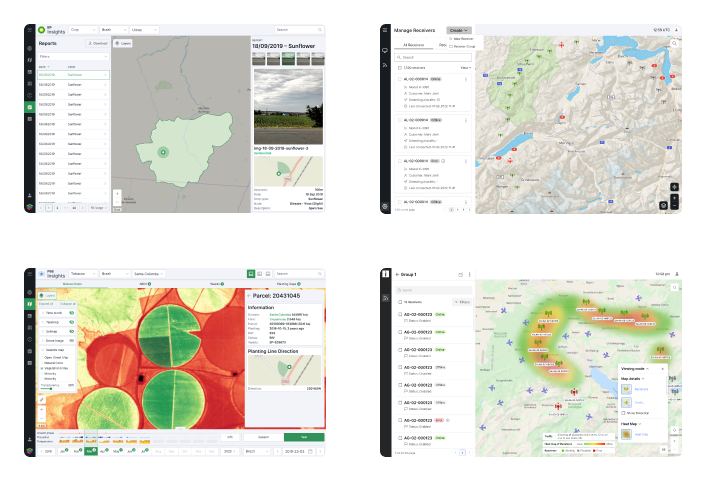
Clarify the scope
Some agencies offer end-to-end services, including UX research, UI design, prototyping, design systems, branding, and even development. Others specialize.
If you’re just looking to hire UX designers for an audit, you don’t need the full orchestra. But if you’re building a new product from scratch? You’ll want a team that can handle both design and strategy without dropping the ball when it hits the dev handoff.
Here’s a useful breakdown:
- UX research + UX strategy: Great for civic orgs and enterprises.
- UI + product design: A better fit for fast-moving design-led startups.
- Development included: Handy, but may come at the cost of design focus.
When you evaluate UI UX designers, don’t just look at pretty visuals. Dig into how they solve problems, structure user flows, and measure success.
Understand pricing and what it buys you
UX agency pricing in DC varies wildly. Based on available data, here’s what you can expect:
- $10K–$25K: Good for landing pages, UX audits, or small updates.
- $25K–$75K: Typical for MVPs, redesigns, or mobile apps.
- $100K+: Custom platforms, ongoing partnerships, enterprise-scale systems.
Higher costs don’t always mean higher quality, but they usually mean more hands on deck.
Want the most expensive hourly rate on this list? That’d be BraveUX at $200–$300/hr. When comparing web design agency pricing, you’ll see a range between $100 and $150/hr.
Some, like Eleken, offer predictable monthly pricing instead of hourly billing.
Consider DC-specific factors
The DC design scene has its own nuances you won’t find in San Francisco or New York. Civic tech, accessibility mandates, and stakeholder-heavy projects are the norm. In these cases, the question isn’t whether to use an in-house designer vs. an agency; it’s which local partner understands your ecosystem best.
Here’s what sets the capital apart:
Civic tech is a thing
DC is ground zero for civic and nonprofit design. Many agencies here specialize in platforms built for government, NGOs, and public-facing services. That means they know how to:
- Navigate complex stakeholder environments.
- Work with accessibility and compliance standards.
- Design for mission-driven outcomes, not just KPIs.
If you’re building something for the public good or even just selling to civic clients, you want an agency that’s been through the fire (or at least through Section 508).
Good fits: Echo&Co, Taoti, Teal Media, Brick Factory
Stakeholder management matters more
In DC, you’re rarely designing for one person. Your project may require approval from five departments, three policy advisors, and the board. UX teams here tend to be more seasoned when it comes to navigating consensus and presenting work with diplomacy.
They’re used to balancing user needs with organizational realities. That’s a hidden skill, and it matters.
Good fits: BraveUX, Echo&Co, Taoti
UX events, meetups, and professional networks
DC has an active design and tech community. If in-person workshops or local networking matter to you, working with a DC agency could be a plus.
You’ll find regular events like:
- Civic Tech DC. For designers building tools that support democracy, transparency, and access.
- Tech in Motion DC. Covers broader UI/UX trends, development, and product.
- UXDC Conference. Hosted by UXPA DC, focused on human-centered design.
These are also how local agencies stay plugged into emerging best practices.
Accessibility isn’t optional here
Designing for accessibility is a baseline, especially when working with government agencies, public organizations, or educational institutions.
Many DC-based UX agencies are fluent in WCAG guidelines, screen reader compatibility, and inclusive content design. If accessibility is part of your requirements (hint: it should be), ensure the agency has genuine experience in this area.
Good fits: Eleken, Echo&Co, Teal Media, BraveUX
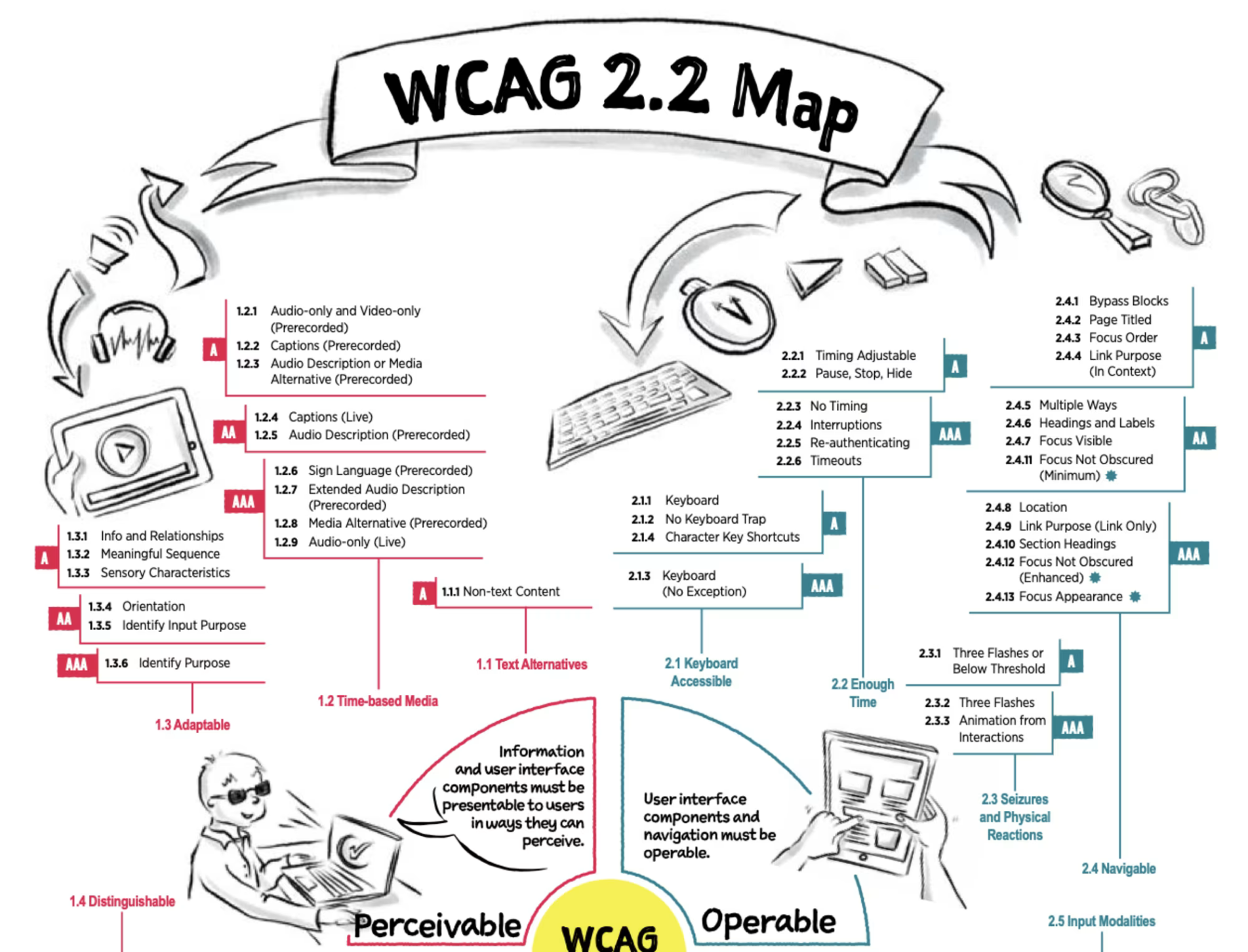
If none of the above applies to you, you might not need a local UX agency. In fact, you might be better off with a remote-first team like Eleken.
Local vs remote UX teams: what’s best for you?
If you're still weighing whether to hire a local UX agency or go with a remote team, you're not alone. It’s one of the most common points of hesitation we hear, especially from teams in the DC area.
Here's the short answer: it depends on your priorities.
Let’s break it down.
When a local DC agency makes sense
If your project involves politics, stakeholder management, or has strong local implications, a DC-based agency is usually the safer choice.
As one Reddit user put it: “Your notion is partially right - it's connected to the culture, particularly on brand strategy. Anyone well versed in graphic design can create a logo, but to understand the consumer culture and market, especially for niche things, really takes someone with some native. If you need help, I do brand development, websites, logo design, copywriting, etc.”

Local agencies are better when you:
- Need in-person workshops or stakeholder sessions.
- Work in the public sector, where face-to-face interactions build trust.
- Have compliance or procurement workflows that favor local vendors.
- Need someone who can literally walk into your office (or your client’s).
And in DC, there’s an added layer: many teams want partners who speak the language of “government + nonprofit + policy” fluently. Agencies like Echo&Co, Taoti, or Teal Media know how to navigate that world.
When a remote UX team is the better move
On the flip side, remote teams offer flexibility that’s tough to beat, especially for startups and product-led teams.
As one Redditor noted: “One thing that I know is a good true consultant either it local or overseas. They always do a lot of research from the business model, market culture, demographics and etc. Don’t judge them by where their live BUT how they can found the hidden problem that no one realize and what the solution they give to guide you to solve the problem.”

Remote is ideal when you:
- Need to start fast and avoid RFP bureaucracy.
- Work async and want embedded designers, not vendors.
- Have tight budgets and prefer flat-rate pricing.
- Don’t need handshakes, just clean Figma files, smart thinking, and consistent delivery.
Side-by-side: local vs remote
To make your decision easier, here’s a quick comparison of what you get with a local agency versus a remote UX team.
Final thoughts: finding the right fit
There’s no “best” UX agency, just the one that fits your project, budget, and working style.
If you're navigating civic stakeholders or designing for public impact, a DC-local agency might be the safer bet. The in-person factor, the policy experience, the accessibility chops, it all lines up.
But if you're building a SaaS product, moving fast, and need a team that speaks “startup” fluently? Then, location matters a lot less than expertise. In that case, a remote team could be exactly what you're looking for.
Eleken partners with SaaS companies across the U.S. to design clean, conversion-focused products, and we do it without wasting your time. See how we work.
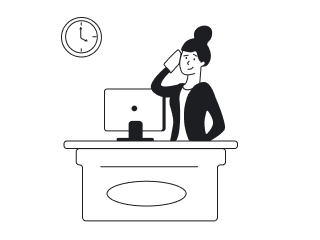






.png)


.webp)

